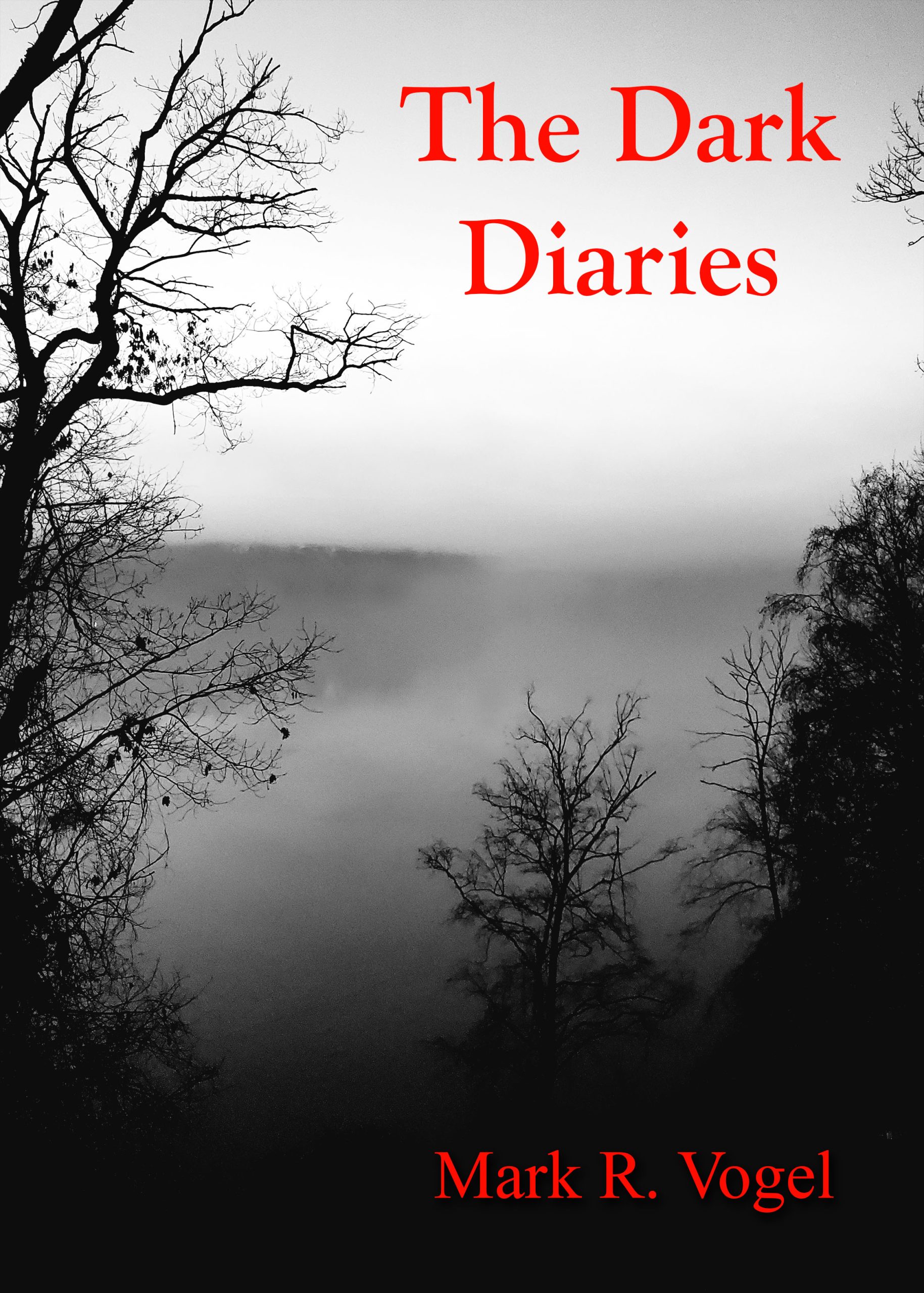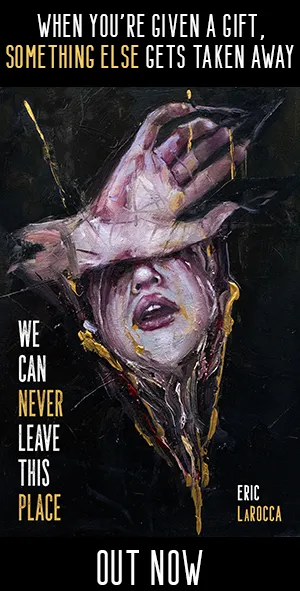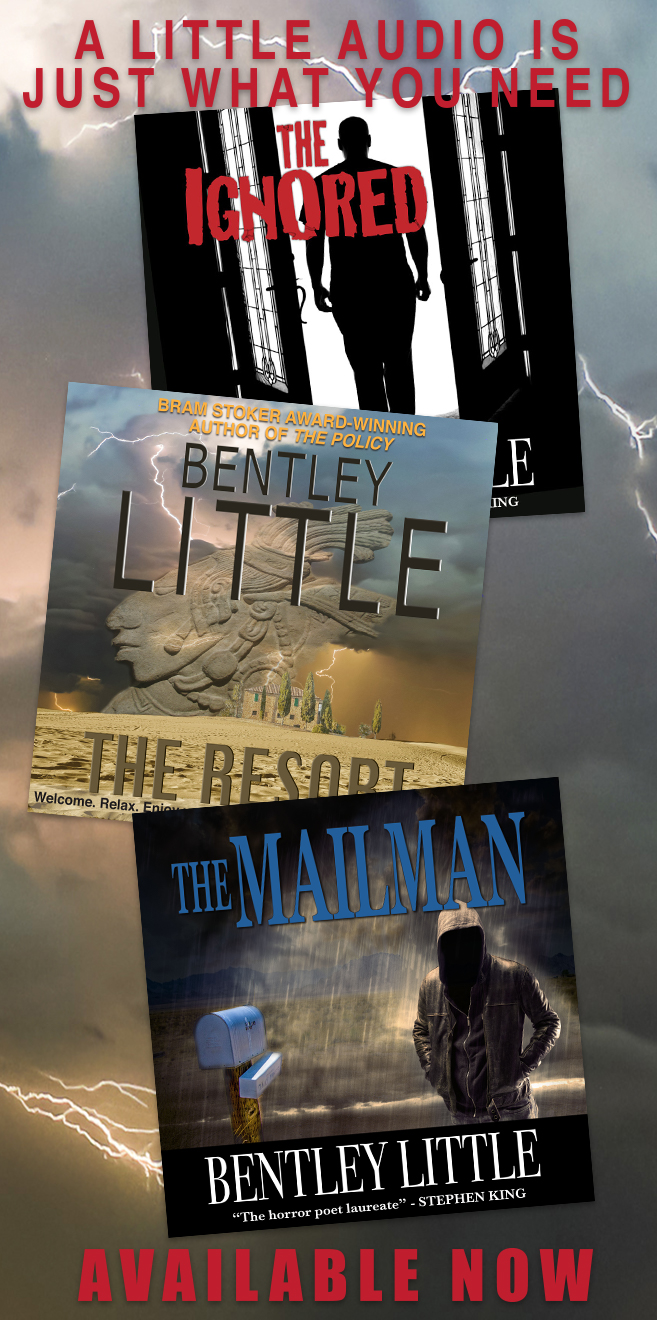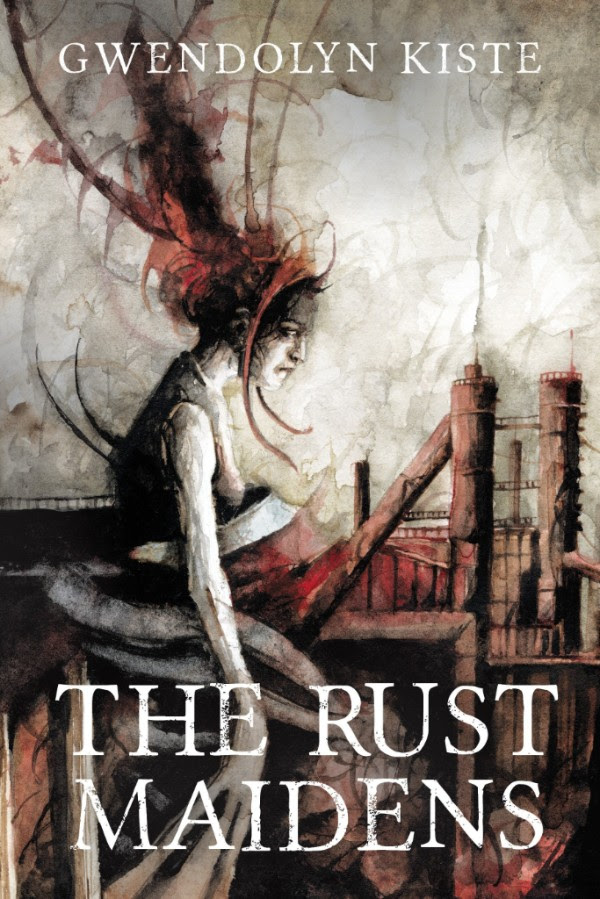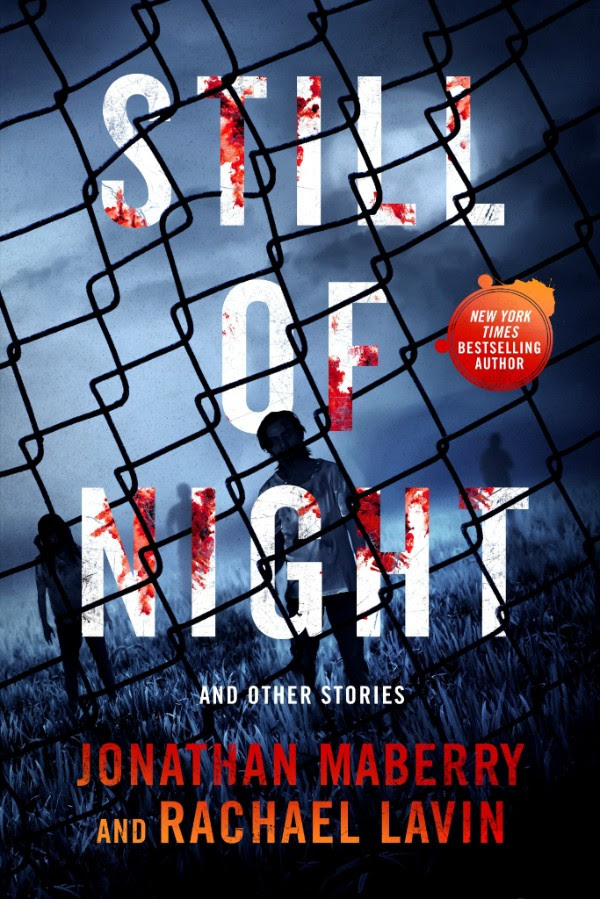Kealan Patrick Burke, a native of Dungarvan, Ireland now transplanted to the American Midwest, is recognized as one of the few writers in the horror field who produces work of consistently high literary quality. His collections RAVENOUS GHOSTS and THE NUMBER 121 TO PENNSYLAVANIA AND OTHERS are essential volumes for the horror readers bookshelf. Mr. Burke was gracious enough to submit to the usual badgering questions
Joe Howe – First the obligatory: Your forthcoming book from Cemetery Dance is called JACK AND JILL. Tell us a little about it.
Kealen Patrick Burke – JACK & JILL was inspired by a friend’s nightmare, one in which she was being chased by a monstrous figure through the deserted streets of her hometown. Though what ends up in the book is much different, there were a few elements to the dream that got the windmill of creativity spinning and I knew I had to write about it. It’s a very grim story, about as grim, I suppose, as the nursery rhyme from which it takes its name. Not an easy read, by any means, particularly as it involves child abuse, something I’ve always shied away from tackling before, even though I can scarcely think of anything more horrific. And it’s about how far a victim will go to protect herself from having the darkness of her past creep back into the present. Dark stuff, but it’s a story of which I’m very proud.
JH- You are a native of Ireland. How does a good Irish lad find himself living in the American Midwest?
KPH – The short answer is that, back in 2001, I met an American woman while she was vacationing in Ireland. We hit it off, stayed in touch, and some months later she sent me a plane ticket to come to the states for a three-month vacation. I ended up staying.
JH – Speaking of Ireland, a disproportionately large number of writers have come from there, William Butler Yeats and James Joyce to Ken Bruen and Kealan Patrick Burke, with many others unnamed. What is it about a relatively small country that has caused it to have such an impact on literature?
KPH – Ireland is essentially a nation of storytellers. We were raised in front of smoking coal fires being told of ghosts and faeries, specters and banshees, and never doubted the validity of the tales or the sincerity of the storytellers. We believed because we needed to; it kept us from thinking of worse things. It was ingrained in us for generations to gather together and spin yarns while in the corners, more somber and less easily distracted men muttered of war and invasion. Ireland is an ancient place, and the older a place is, the more myths and legends it has. It falls to its children then to carry on the ritual given them by their fathers and grandfathers. I guess I’m just another one of them who felt compelled to put the words to paper.
JH – You’ve been releasing or re-releasing some of your work of late in electronic format, the most recent of which is your excellent novel CURRENCY OF SOULS. The Ebook revolution is having a huge effect on publishing, and you’ve obviously embraced it. What are your thoughts on this and the changes it is making in literature?
KPH – To me, it’s essentially mass-market publishing. Through e-publishing I now have the means to get my books–previously only available in limited edition format–in front of a mass audience. Anything that allows this freedom is a good thing in my eyes. That being said, I still read only physical books. It’s a personal preference–one that might change, I suppose, when it has to–but I do understand those, both writer and reader–who refuse to “upgrade” to digital, because no matter the convenience, there’s still something sad about it. I enjoy browsing book stores, the smell and feel of a physical book, and I dread the day when book stores will be a thing of the past. There are those who are not impressed by my embracing of the digital format, but the reality for a writer in this day and age is that you either get on board the train or get left at the station. And I have not forsaken print publishing. Ironically, the next year or so will see more new books of mine in print than ever before. Whether or not anyone will read them, of course, is another thing.
JH – The majority of horror writers today have focused on novel-length work for the most part, probably for economic and market reasons. You have produced much of your best work in a shorter format. Is this an esthetic choice, happenstance, or what?
KPH – When I first started writing, I found I had to work my way up to novels from shorter stories. It was an intimidating prospect and one I couldn’t for the life of me seem to conquer. So I started a serialized project called MASTER OF THE MOORS, a novel I planned to deliver a chapter a week to anyone who subscribed. This was an experiment intended to force a novel out of me. In theory, if there were readers waiting every week for another chapter, the pressure would ensure I would finish it. And it worked. Once that barrier was crossed, I found writing novels–while not exactly easy–a lot less intimidating than it used to be. Generally though, the length of the project is dictated by the depth/complexity of the idea. If it can be written in novella-length, then that’s the length it should be, no more no less. And sometimes, a short story idea begets a novel. It’s all up to the story. It decides how long it needs to be as I’m writing it.
JH – For some years, there has been a bit of a division in horror between “quiet horror” and more visceral, over-the-top stories, with the latter being dominant on the bookshelves today. Your work has been predominately on the quiet horror side. Is this a personal preference for you?
KPH – I think I’ve probably written an equal share of both types of horror. I’m just better at the more atmospheric, subtle stuff. If a story I’m writing needs to be visceral, then that’s where it will go; if it doesn’t, it won’t. And I think as far as “quiet” and “visceral” goes, a lot of it is in the approach, too. People mistakenly assume that writers like Charlie Grant and Ramsey Campbell and Steve Tem have only written hoary old ghost stories full of fog and gaslights, when in actual fact a lot of the work is quite violent. It’s just not exploitatively violent, and that’s the big difference. Nor is all splatter horror badly written junk whose sole purpose is to make you cringe and gulp down your own bile. Which is why I think labels need to go away. It paints the work of writers with too broad a brush. All that should matter is the quality of the writing, and the story. It’s either good or not. Those are your labels, if labels are insisted upon.
JH – You were the male lead in the recent film SLIME CITY MASSACRE. Do you see acting as a major artistic outlet for you in the future?
KPH – Not at all. I was asked to be in the film, so I did it, because I couldn’t find a valid reason not to. Call it crossing something off the bucket list. And if I’m asked to do another one, I probably will. It’s just fun, not the product of any delusions of movie stardom.
JH – Thank you for taking the time to answer these questions. What can we look forward to in the days to come from Kealan Patrick Burke?
KPH – My pleasure, Joe. Thanks for asking interesting questions! On the slate for this year are some more e-books (the aforementioned MASTER OF THE MOORS among them), a new print collection, a few stories in some as-yet-unannounced anthologies, a handful of standalone novellas, and two new novels.
- The Dead Sheriff: Zombie Damnation - May 13, 2013
- We Interrupt This Author #11: John Hornor Jacobs - August 16, 2011
- We Interrupt This Author #10: Kealan Patrick Burke - April 20, 2011
- Who Goes There? - April 5, 2011
- KINCAID: A Paranormal Casebook - April 1, 2011
- We Interrupt This Author #9: Christopher Golden - March 15, 2011
- Valley of the Scarecrow - February 28, 2011
- We Interrupt This Author #8: T. M. Wright - February 14, 2011

